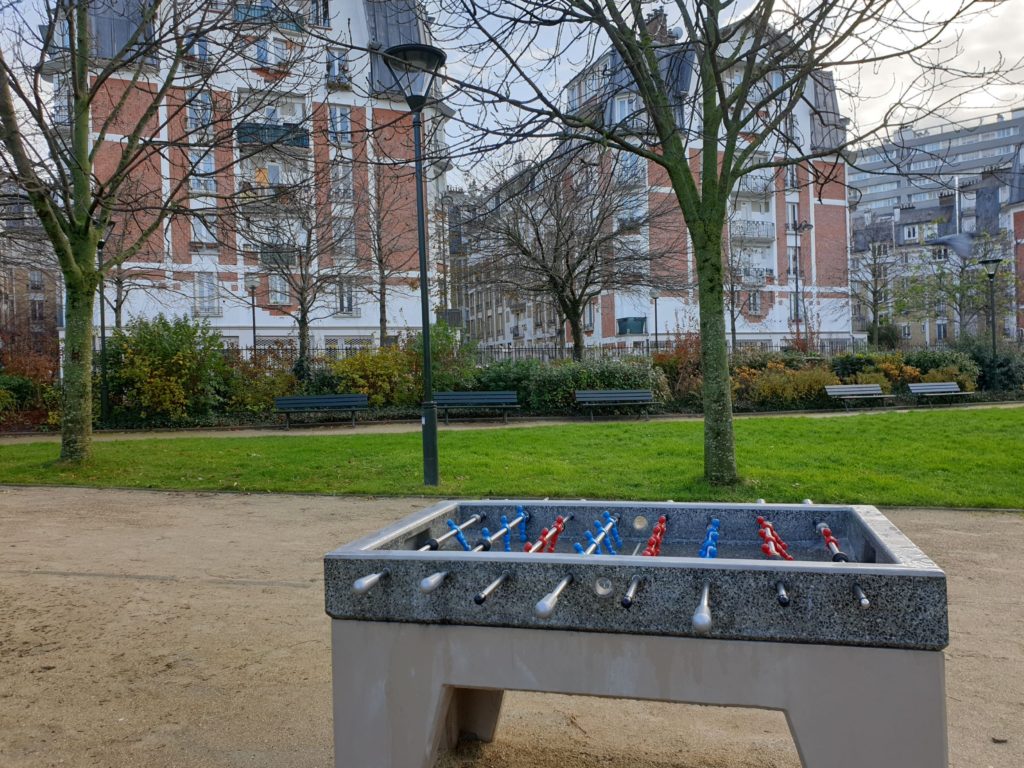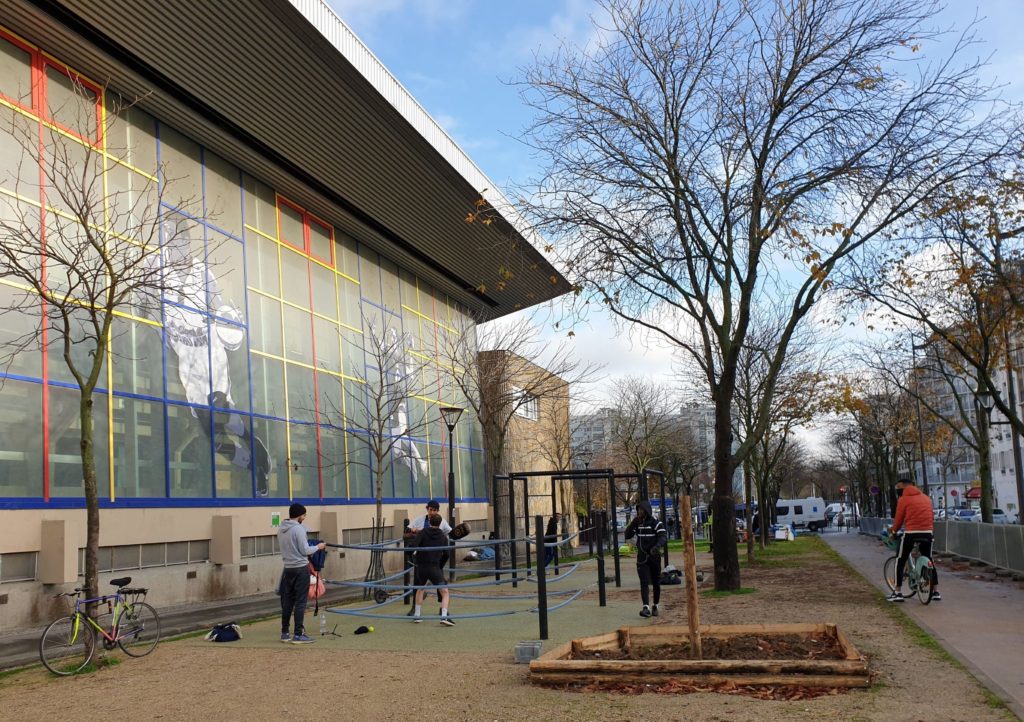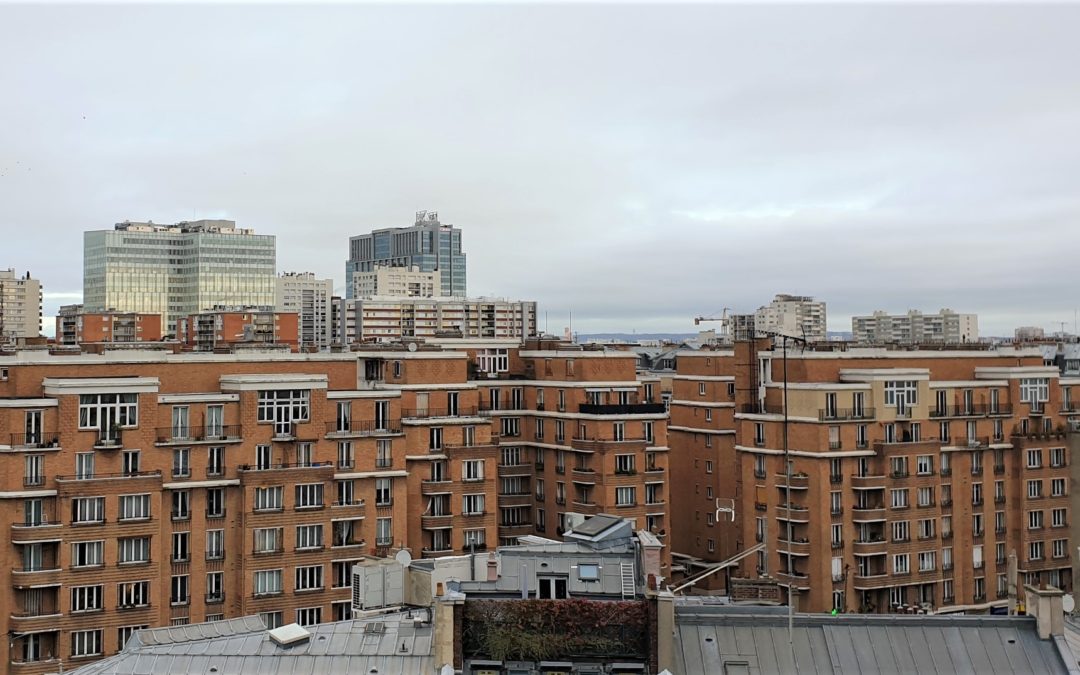“Any Paris of the future that is neither a frozen artifact nor an inhabited holding company will perforce involve fear, dirt, sloth, ruin and accident.” — Luc Sante, “The Other Paris”
When we moved to the 17th arrondissement in 2012, a friend who lived in our new neighborhood said we might feel “excentrés,” removed from the center. It was a legitimate concern. We were coming from the 7th arrondissement, where we had been a five-minute walk from the Seine, the Musée d’Orsay and the Place de la Concorde. The apartment we had before that was practically in the shadow of the Eiffel Tower.
But I have fallen in love with the edges of Paris. They tell as much, and sometimes more, about the nature and history of the city as do the more central neighborhoods. Maybe that’s why I celebrated the lifting of our latest COVID-19 lockdown’s geographic restrictions in late November with a bicycle ride around the periphery.

Not on the Périphérique, the eight-lane ring road. I rode on the Maréchaux (Marshals), the chain of boulevards built in the 1860s and named for the generals who served under Napoleon – Berthier, Ney, Gouvion Saint-Cyr and so on. On my right, as I went around clockwise, was what we typically think of as Paris: Haussmanian buildings, the familiar structures with cream-colored stone and grilled balconies. On my left, for much of the city: The Zone.
That’s the term for a strip of land that has encircled much of Paris for more than a century, though its boundaries have moved around. As early as 1785, it was a no-man’s-land on the far side of the then-city walls, designed to give sentries a clear view of anyone approaching. The fortifications were also used to keep out untaxed goods. As the walls moved outward starting in 1840, so did the Zone.
Over the years, it was occupied, sometimes illegally, by ragpickers, factory workers, Roma and prostitutes. As well as, according to James Cannon’s book “The Paris Zone,” “horses, donkeys, goats, pigs, dogs, cats, chickens and rats.” Guillotines did their work in the Zone, as did garbage dumps, slaughterhouses, tanneries and even vineyards. People lived in shanties, under tarps or on the street. There were no sewers.

Some scenes in Victor Hugo’s Les Misérables took place in southern sections of “La Zone.” He described the mood this way: “The place where plain and city meet is always imbued with a profound melancholy.” Later, the Zone was the childhood home to jazz guitarist Django Reinhardt, among other artists. Vincent Van Gogh set an 1887 series of paintings, called The Outskirts of Paris, in the Zone.

Santa Barbara Museum of Art, Private Collection in memory of Marie Wangeman
Today much of the Zone is occupied by something else: low-income housing. Or, as it is respectfully called here, HLM, the initials in French for habitation with moderate rent. Most of the buildings, which date from just after World War II, are attractive and seem well-built, a far cry from the grim housing blocks in the farther-out banlieue. The Zone itself is part of the City of Paris.

I’ve been hanging out in the part of the Zone near where I live, and there’s a lot going on. Two active markets, for instance. One is near me. Great prices.

There’s another down the Maréchaux at Saint-Ouen.

Masks yes, distancing not so much.
To Yasmine, the Zone is home. She’s lived near the Saint-Ouen area for 11 years, moving in six years after she arrived in Paris from Algeria. The day I talked to her she was very upset because her 12-year-old son had been scolded in school even though he got good grades. She also is angry because the teachers are all white and the students, mostly born in France, are of African or North African background. These are real concerns.

But she likes living in her neighborhood and wouldn’t consider moving. She likes the parks, for instance.

There are outdoor activities at the city-sponsored sports center, closed because of the pandemic.

Somewhere in this post, convention would dictate that I say this is a hidden side of Paris, or that it’s invisible, or that it’s little-known. But these neighborhoods ARE Paris, just as much as the 16th arrondissement or the Marais. They are not little-known to their inhabitants, they are not hidden to those who shop the markets every day, they are not invisible to anyone who lives there, or takes the tramway along the Maréchaux.
I recommend that ride to anyone who cares about all of Paris, not just the easy parts.

